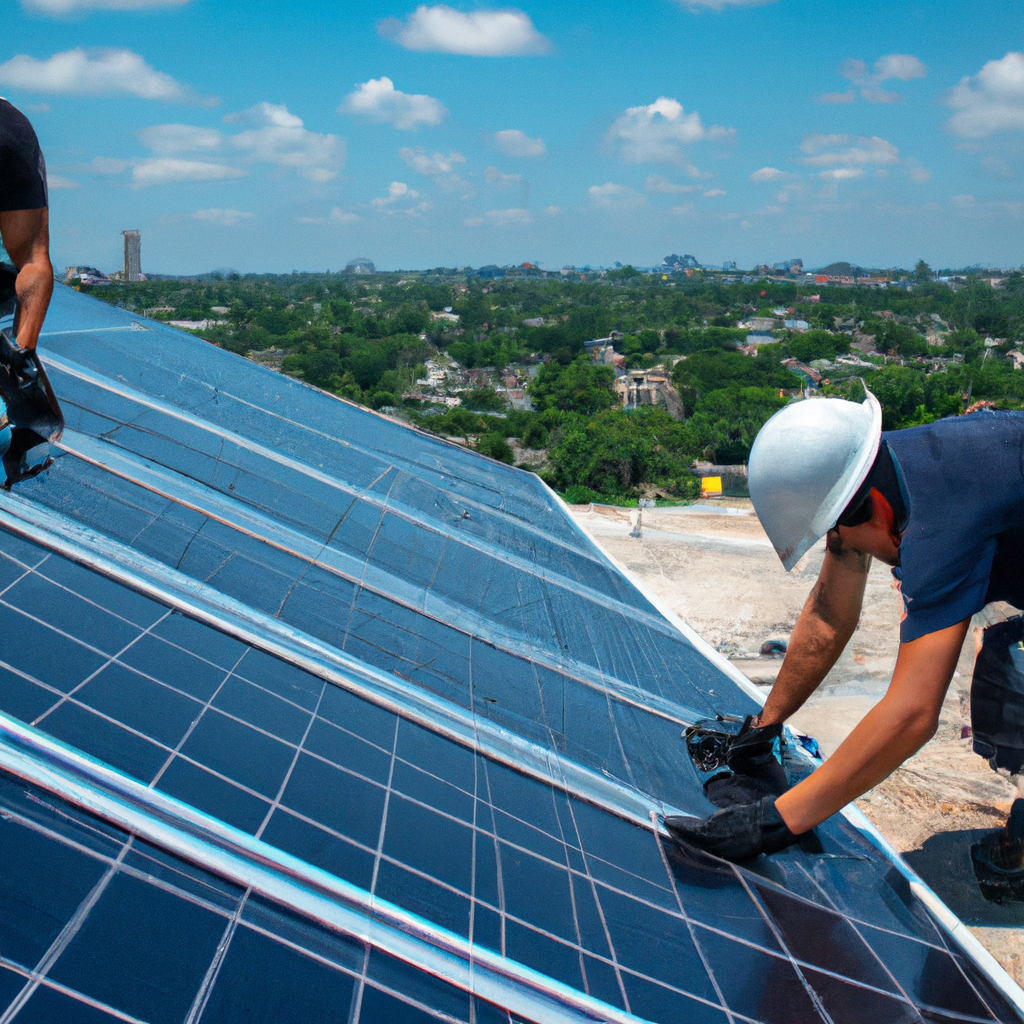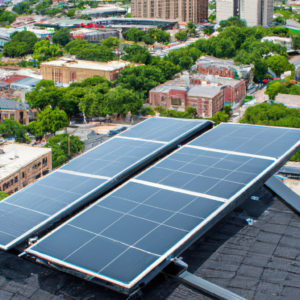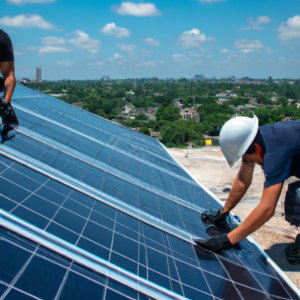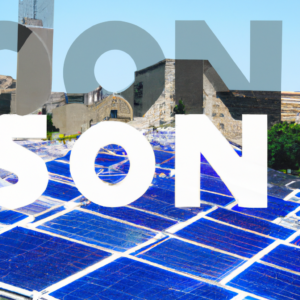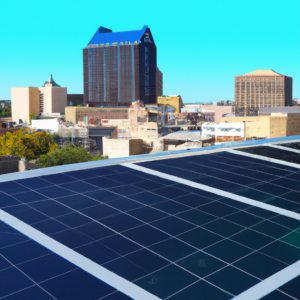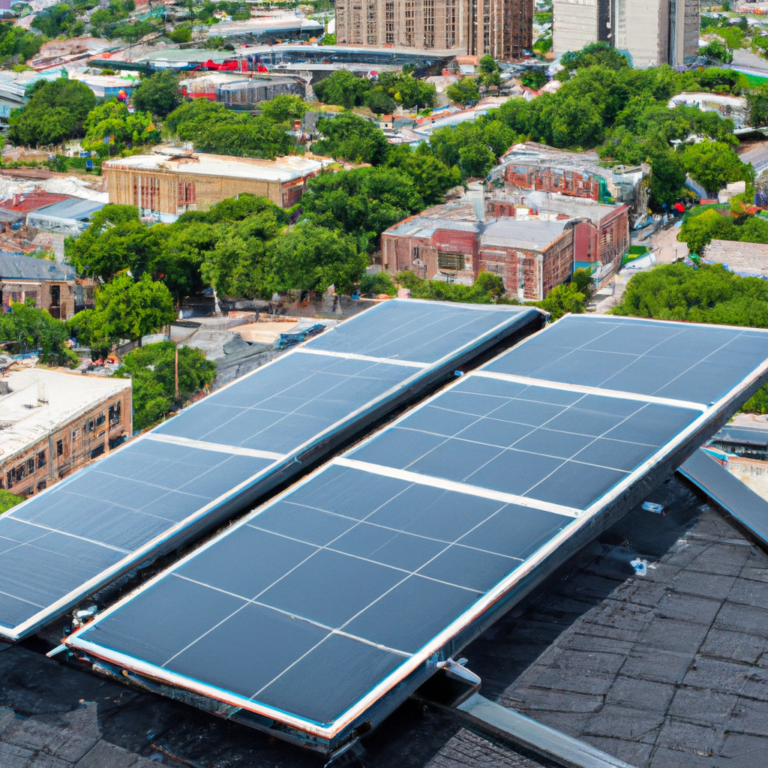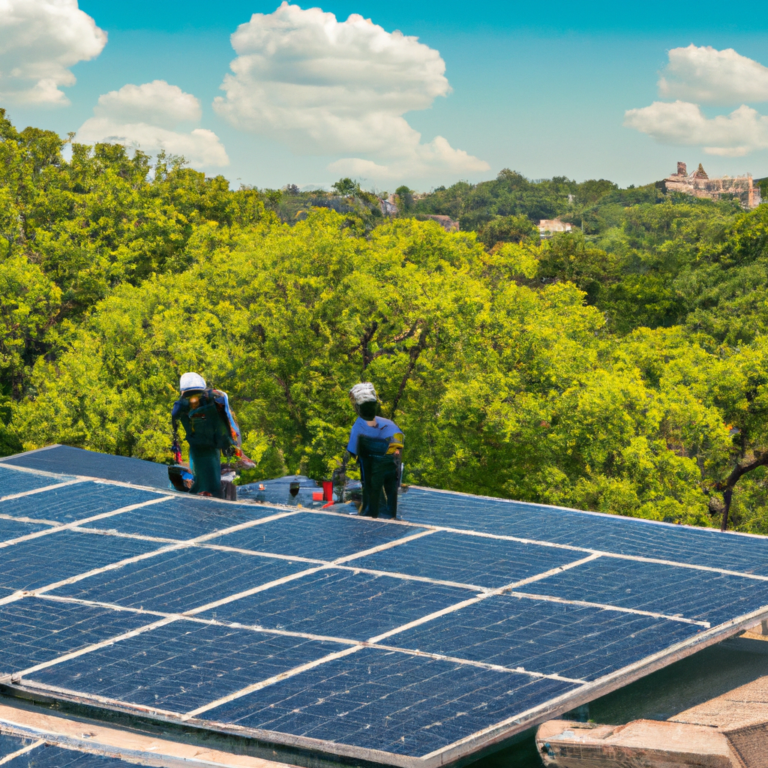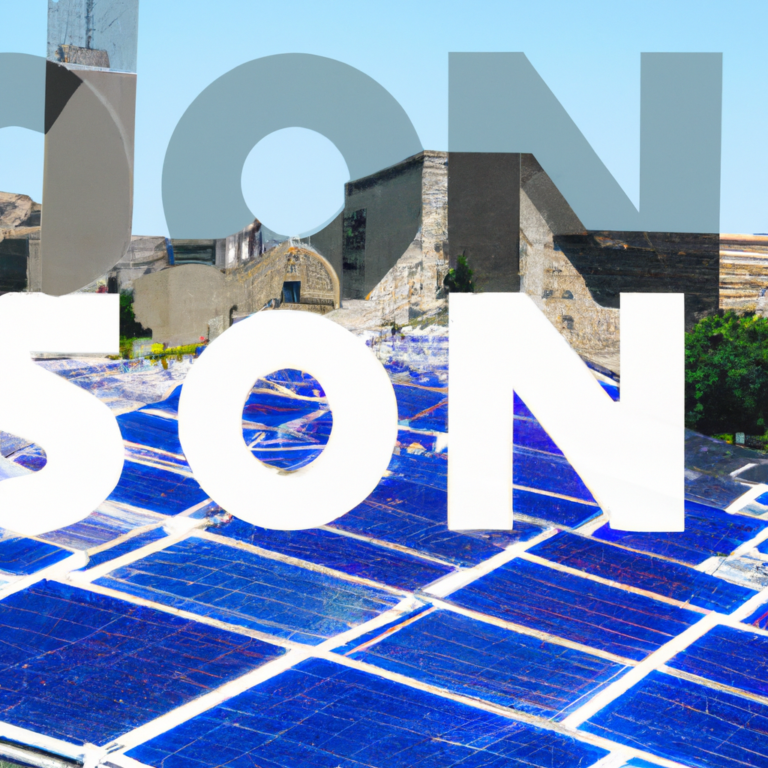Ready to take control of your energy usage and save money? Look no further than solar panel installation in San Antonio!
This step-by-step guide will walk you through the process of harnessing the power of the sun.
From understanding the benefits to securing permits and financing, we’ve got you covered.
With our tips and tricks, you’ll be powering up your home with clean, renewable energy in no time.
Let’s get started!
Understanding the Benefits
To fully grasp the advantages of solar panel installation, you need to dive into the various ways it can empower you and your community.
One of the most significant advantages of solar panels is their cost effectiveness. By harnessing the power of the sun, you can significantly reduce your electricity bills over time. Solar panels are a long-term investment that pays for itself in savings.
Additionally, installing solar panels can also increase the value of your property. Studies have shown that homes with solar panels tend to sell faster and at a higher price.
Furthermore, solar energy is a clean and renewable source of power. By switching to solar, you can reduce your carbon footprint and contribute to a greener future for your community.
Assessing Your Energy Needs
Before you begin the process of installing solar panels, it is essential to assess your energy needs. This involves evaluating your current energy consumption and conducting a cost analysis. By understanding your energy usage patterns, you can determine the appropriate size and number of solar panels required to meet your needs.
To assess your energy consumption, start by gathering your utility bills from the past year. Calculate the average kilowatt-hours (kWh) consumed per month to get a baseline. Consider any changes in your energy usage habits, such as purchasing energy-efficient appliances or installing energy-saving measures like insulation or LED lighting.
Next, conduct a cost analysis to determine the financial impact of installing solar panels. Compare the cost of installing and maintaining solar panels with your current electricity expenses. Take into account the potential savings from net metering, tax incentives, and any available rebates.
By thoroughly assessing your energy needs and conducting a cost analysis, you can make an informed decision about installing solar panels that will maximize your energy savings and minimize your environmental impact.
| Energy Consumption | Cost Analysis |
|---|---|
| Gather utility bills from the past year | Compare cost of installing and maintaining solar panels |
| Calculate average kWh consumed per month | Consider potential savings from net metering, tax incentives, and rebates |
| Evaluate changes in energy usage habits | Determine financial impact of solar panel installation |
| Consider energy-saving measures | Minimize environmental impact |
Finding the Right Solar Panel System
When looking for the right solar panel system for your home, start by researching various suppliers and comparing their offerings.
Begin by assessing the solar panel efficiency, which refers to the amount of sunlight the panels can convert into usable electricity. Look for panels with high efficiency ratings, as they’ll generate more power for your home. However, keep in mind that higher efficiency panels often come with a higher price tag.
Speaking of cost, it’s important to consider your budget when selecting a solar panel system. Compare the prices of different suppliers and calculate the return on investment over time. Remember to factor in any potential government incentives or rebates that may help offset the initial cost.
Securing Permits and Financing
Now that you have found the right solar panel system for your home, it’s time to secure the necessary permits and financing to make your installation a reality. Before you can start installing solar panels, you will need to obtain the required permits from your local government. Permit requirements can vary depending on your location, so it is essential to check with your city or county to determine what is needed. This step ensures that your installation meets safety standards and adheres to local regulations.
Once you have obtained the necessary permits, it’s time to explore financing options. Solar panel installations can be a significant investment, but there are various financing options available to make it more affordable. Here is a table outlining some common financing options:
| Financing Option | Description | Pros | Cons |
|---|---|---|---|
| Cash Purchase | Paying for the system upfront in cash | Immediate ownership | Large upfront cost |
| Solar Loans | Borrowing money to finance the installation | Lower upfront cost | Interest payments |
| Power Purchase Agreement (PPA) | Paying for solar energy at a fixed rate over a set period | No upfront cost | Limited control over the system |
| Solar Lease | Renting the solar panel system | No upfront cost | No ownership of the system |
Consider the options available to you and choose the one that best suits your financial situation and goals. Financing your solar panel installation can make it more accessible and help you save money on electricity bills in the long run.
Installation and Maintenance Tips
Once you have secured the necessary permits and financing for your solar panel installation, it’s time to focus on the installation and maintenance tips to ensure optimal performance and longevity of your system. Here are some key techniques and troubleshooting tips to keep in mind:
-
Proper placement: Ensure that your solar panels are installed in an area that receives maximum sunlight throughout the day.
-
Secure mounting: Use sturdy and reliable mounting equipment to ensure that your solar panels are securely fastened to your roof or ground.
-
Regular cleaning: Keep your solar panels clean by removing any debris, dust, or dirt that may accumulate over time. This will improve their efficiency and overall performance.
-
Monitoring and maintenance: Regularly monitor your solar panels’ performance and check for any signs of damage or malfunction. It’s important to address any issues promptly to avoid any potential problems.


